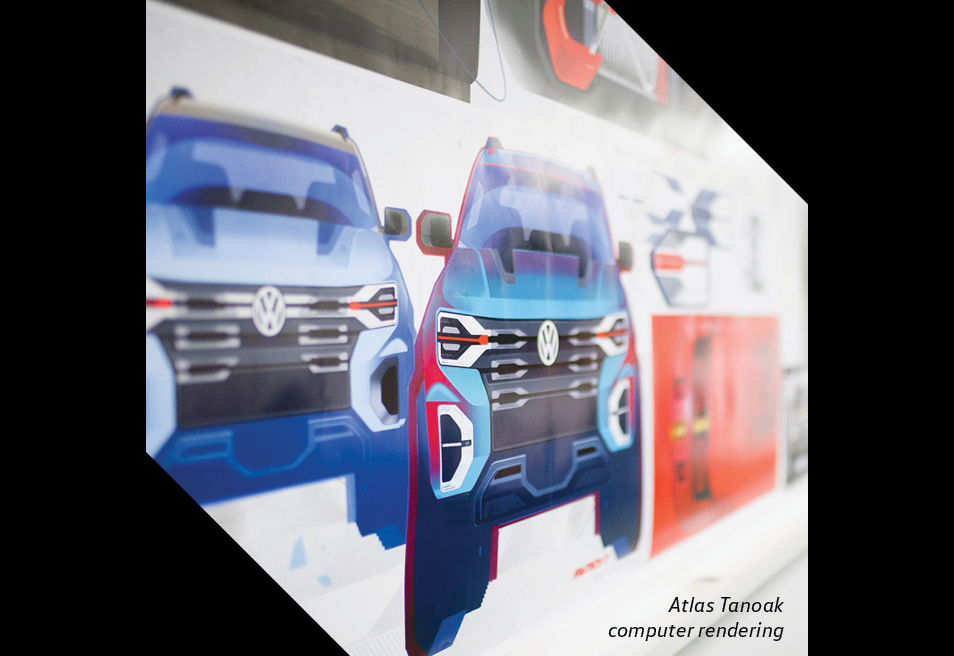 When the seven-passenger CrossBlue concept made its debut in 2013, it was hailed as the next step in the expanding, well-rounded family of SUVs offered by Volkswagen.
When the seven-passenger CrossBlue concept made its debut in 2013, it was hailed as the next step in the expanding, well-rounded family of SUVs offered by Volkswagen.
Over the next few years, however, VW designers and engineers took the CrossBlue concept and modified it, adding more room designed to fit the needs of the American market and streamlining both interior and exterior design lines. The eventual debut would change not only the design but the name with the 2018 debut of the Atlas.
That’s just the most recent example of how concept cars fit into the VW design process. Holistically, concept cars enable VW designers to test public reaction as they further refine the brand and the vision for its vehicles. They are also a chance for engineers, designers, and product planners to further refine ideas. Here are a few notable additions.
The CrossBlue Evolves
The concept car development process offers designers and engineers the opportunity to push the limits of design and develop a vision for VW. When the VW design team innovates during concept car development, there are fewer restrictions and the process — which usually takes six to eight months — helps fuel creativity.
That’s certainly apparent in the evolution of the Atlas from the CrossBlue. In 2013, the CrossBlue SUV concept debuted to great fanfare: The goal of this mid-size SUV was to hit a sweet spot for VW between the Tiguan and Touareg, with six individual seats in three spacious rows, standard safety features, and a stylish interior.
After feedback, the VW design team kept refining what they knew about the American family and how families use their vehicles. They knew that more space would be key — and that the European notion of a more compact design didn’t necessarily apply to the U.S. market.
Simplicity and precision also served as the guiding design philosophy for the evolution of CrossBlue to Atlas. For starters, designers integrated the LED Daytime Running Lights into the grille, boosting the robust profile of the Atlas. Inside, the clean lines of high-end, modern furniture offered inspiration for designers to balance function with an uncomplicated aesthetic.

